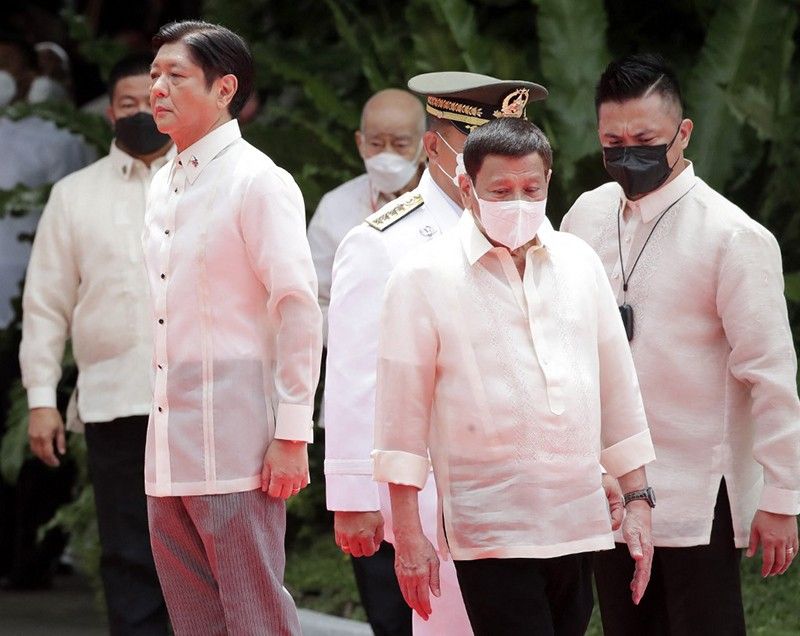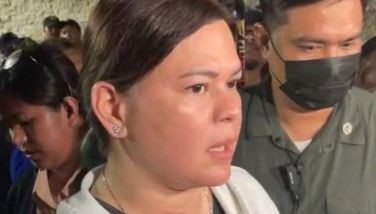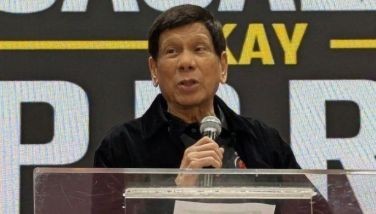Marcos vows ‘comprehensive’ infrastructure plan in continuation of Duterte's ‘Build, Build, Build’

MANILA, Philippines — President Ferdinand Marcos Jr. vowed in his inaugural address that he will be presenting a “comprehensive infrastructure plan” that would build on the flagship infrastructure program of his predecessor former President Rodrigo Duterte.
“We will continue to build, I will complete on schedule the projects that have been started. I am not interested in taking credit. I want to build on the success that’s already happening,” Marcos said Thursday after he took his oath at the National Museum of Fine Arts in Manila.
No further details on his infrastructure plan were laid out, except that it will be inclusive as he promised that “no part of our country will be neglected” and that “progress will be made wherever there are Filipinos.”
In his speech, Marcos praised Duterte for building “more and better than all the succeeding administrations” after his father, the late despot Ferdinand Marcos Sr. whose more than two-decade rule saw many infrastructure projects but at the cost of loans that bloated the national debt.
Public works undersecretary Emil Sadain said in April ahead of the elections that the next president will inherit 88 infrastructure projects in Duterte's “Build, Build, Build” program that are in the “advanced stage.”
Broken down, 60 of the 88 projects that will be passed on to the next administration consist of hard infrastructure projects like roads, bridges, airports, seaports, dams and railways.
The rest are flood control projects while some are not defined as public works such as the national ID system. There are also projects that were only continued from previous administrations like the Aquino-era LRT-1 Cavite extension.
A total of 35 out of 88 projects are under construction already and are set for completion by 2023. There are also 20 projects that are yet to be reviewed.
In 2017, the Duterte administration started with a list of 75 flagship infrastructure projects. That original list was revised twice in 2020 — expanding the number of projects to 104 and then to 112 while those projects that were no longer considered feasible because of the pandemic were dropped. — Xave Gregorio with a report from Ramon Royandoyan
- Latest
- Trending





























